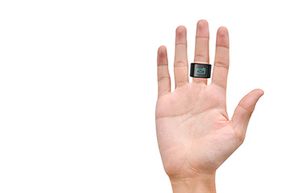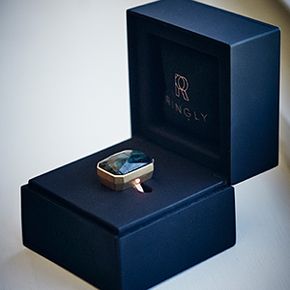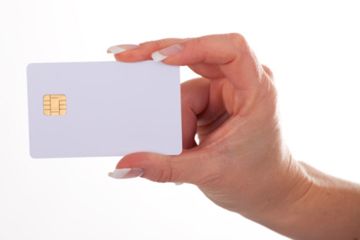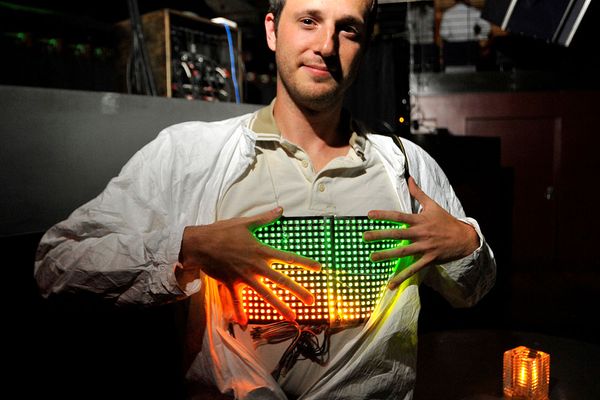You're out to dinner with some old college friends. Appetizers are ordered, drinks are served and everyone's having a good time. You're about to launch into a hysterical anecdote about your toddler's bout of diarrhea on an airplane when your pal Becky gets a text.
OK, your story can wait while Becky replies. It'll just take a second. But now Sarah has pulled out her phone and is replying to a friend's tweet. Um, awesome airplane story involving explosive bowel movements waiting to be told ... Too late, Marcy's phone whistles for her attention. Maybe it's a friend's Instagram photo of a pygmy goat or a work email or a calendar update to order more cat food. Whatever it is, it's apparently more important than your unforgettable poop story!
Advertisement
It's official, we have become slaves to our smartphones. The constant stream of buzzes, whistles and alerts from our devices steals our attention away from the here and now of real life. Every face-to-face interaction must be shared with the third "person" in the room — our needy and demanding smartphone.
Smart rings may offer a solution. (Yes, we're trying to solve a too-much-technology problem with more technology.) Instead of clutching your phone at all times, or constantly peeking into your purse to check on the latest "ding," you can wear a tasteful piece of jewelry on your finger that gives you a subtle nudge when (and only when) you receive an important message.
By wearing a smart ring, you can untether from your phone, or at least separate yourself from the lure of the screen. The phone can stay in your purse while you mingle at a party. The ring can be programmed to let you know when the babysitter texts or an important work email needs to be answered. Otherwise, everything else can wait while you enjoy some rare face time with friends.
Like smart watches and smart bracelets, smart rings are riding the cultural obsession with wearable technology. Some smart rings are designed to deliver custom notifications from your smartphone. Other smart rings aspire to become remote controls for every smart device in your life: TVs, cameras and thermostats.
Are smart rings really the next big thing, or just the latest case of overhyped, underwhelming "vaporware?"




